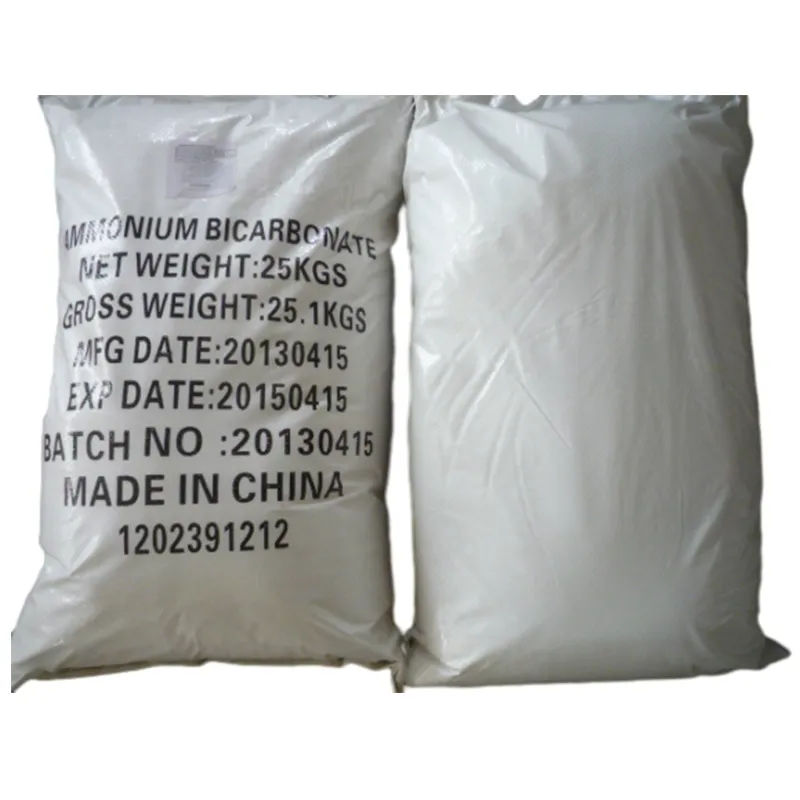
e319 food additive
Understanding E319 The Food Additive
In the world of food production and preservation, food additives play a crucial role in enhancing the quality, safety, and shelf life of various products. One such additive that has garnered attention is E319, also known as tert-butylhydroquinone (TBHQ). This article delves into the characteristics, applications, and potential health implications of E319, providing a comprehensive overview for consumers and food industry professionals alike.
What is E319?
E319 is a synthetic antioxidant used primarily to prevent the oxidation of fats and oils in food products. Oxidation can lead to rancidity, affecting both the taste and nutritional value of food. By incorporating additives like TBHQ, manufacturers can extend the shelf life of products, ensuring they remain fresh for longer periods. E319 is commonly found in fried foods, snack products, and various processed items, where it serves to maintain quality and prevent spoilage.
Properties and Uses
The structure of TBHQ is characterized by its ability to donate hydrogen atoms, which helps to stave off the oxidative processes that can degrade food quality. This property is particularly beneficial in preventing the formation of harmful compounds that can arise when fats oxidize.
Common applications of E319 include
1. Fried Foods Fast food items and potato chips often contain TBHQ to maintain crispness and prevent off-flavors associated with rancidity. 2. Frozen Foods Many frozen products, such as pre-cooked meals or frozen snacks, incorporate E319 to preserve flavor and quality during storage.
3. Processed Snacks A variety of snack foods and fast food offerings include E319 to enhance shelf stability and protect against spoilage.
e319 food additive

4. Edible Oils TBHQ is frequently added to vegetable oils and margarine to extend their freshness and usability.
Safety and Regulations
The safety of food additives is a significant concern for consumers and regulatory bodies. E319 has been evaluated by numerous health organizations, including the Food and Drug Administration (FDA) and the European Food Safety Authority (EFSA). These agencies have determined that TBHQ is safe for consumption within specified limits. The acceptable daily intake (ADI) for TBHQ is set at 0.7 milligrams per kilogram of body weight.
However, like many food additives, excessive consumption of E319 can lead to potential health risks. Some studies have suggested that high doses of TBHQ may be linked to adverse effects such as hyperactivity in children, allergic reactions, and more severe health concerns, including potential carcinogenic properties in experimental settings. This has sparked ongoing debates regarding its long-term implications on health.
Consumer Awareness
As awareness of food additives grows, consumers are becoming more cautious about what they consume. Food labeling plays a vital role in informing consumers about the presence of additives like E319. Understanding ingredient lists and recognizing food additives can empower consumers to make informed choices about their diets.
While E319 serves essential functions in food preservation, it is important for individuals to be mindful of their overall intake of additives and processed foods. Opting for fresh, whole foods when possible can help minimize exposure to synthetic additives, including TBHQ.
Conclusion
In summary, E319 (TBHQ) is a widely used food additive that plays an essential role in maintaining the quality and longevity of various food products. While it has been deemed safe for consumption in regulated amounts, awareness of its presence in processed foods is important for health-conscious consumers. As the food industry continues to evolve, ongoing research and evaluation of food additives like E319 are crucial to ensuring consumer safety and well-being. Ultimately, informed choices and a balanced diet can help individuals navigate the complexities of modern food production.
-
Why Glacial Acetic Acid Food Grade Is Essential in FlavorNewsMay.26,2025
-
Surging Export Growth of Food Additives in ChinaNewsMay.26,2025
-
How Ammonium Nitrate Fertilizer Boosts Crop YieldsNewsMay.26,2025
-
How 1,2,3-Benzotriazole Shields Plastics from UV DegradationNewsMay.26,2025
-
Cyanide in Gold Mining: Protecting People and the PlanetNewsMay.26,2025
-
Aluminum Hydroxide in Modern Sunscreen FormulationsNewsMay.26,2025
-
Understanding Synthetic Rubber OptionsNewsApr.27,2025
Hebei Tenger Chemical Technology Co., Ltd. focuses on the chemical industry and is committed to the export service of chemical raw materials.
-

view more DiethanolisopropanolamineIn the ever-growing field of chemical solutions, diethanolisopropanolamine (DEIPA) stands out as a versatile and important compound. Due to its unique chemical structure and properties, DEIPA is of interest to various industries including construction, personal care, and agriculture. -

view more TriisopropanolamineTriisopropanolamine (TIPA) alkanol amine substance, is a kind of alcohol amine compound with amino and alcohol hydroxyl, and because of its molecules contains both amino and hydroxyl. -

view more Tetramethyl Thiuram DisulfideTetramethyl thiuram disulfide, also known as TMTD, is a white to light-yellow powder with a distinct sulfur-like odor. It is soluble in organic solvents such as benzene, acetone, and ethyl acetate, making it highly versatile for use in different formulations. TMTD is known for its excellent vulcanization acceleration properties, which makes it a key ingredient in the production of rubber products. Additionally, it acts as an effective fungicide and bactericide, making it valuable in agricultural applications. Its high purity and stability ensure consistent performance, making it a preferred choice for manufacturers across various industries.











